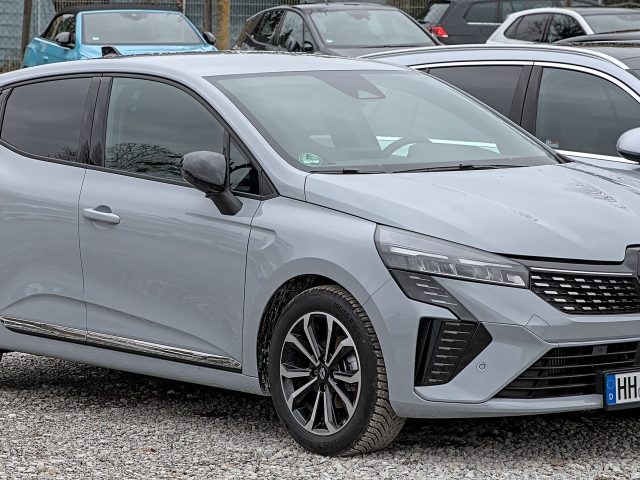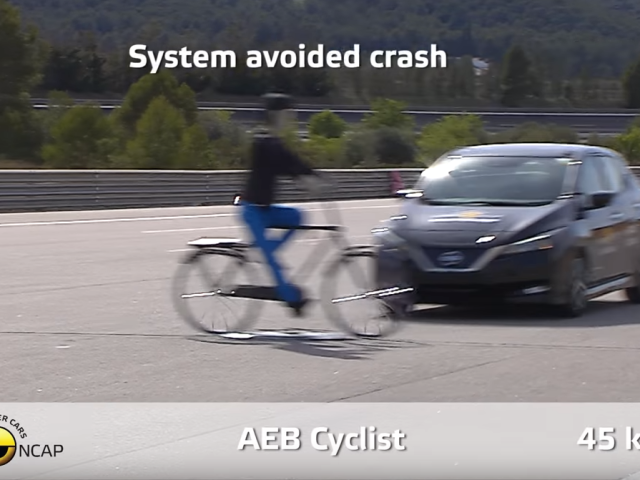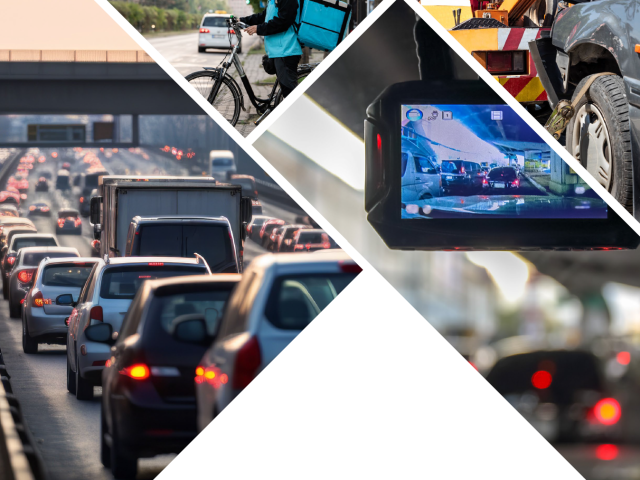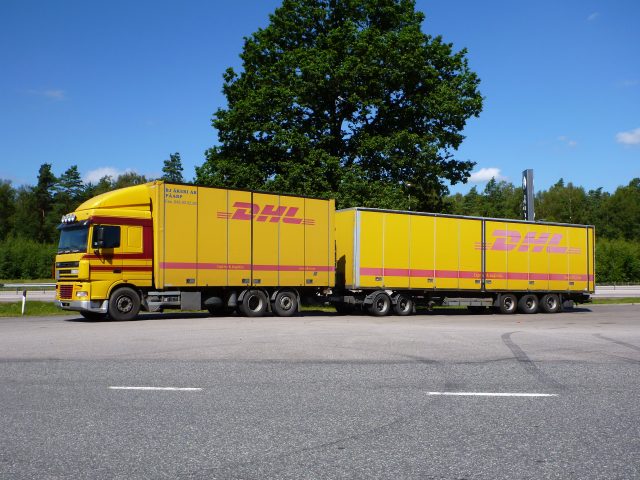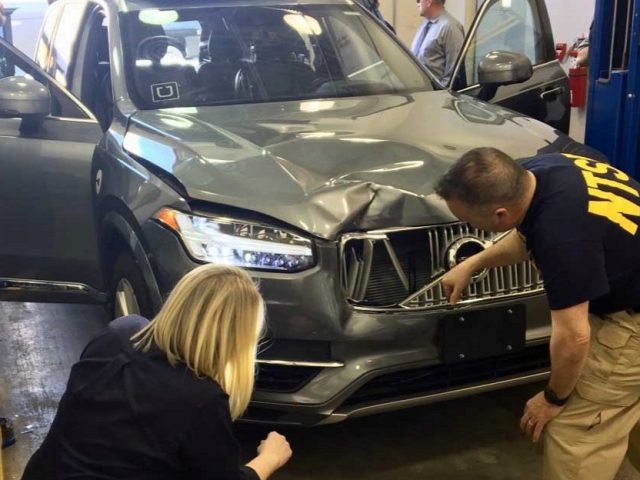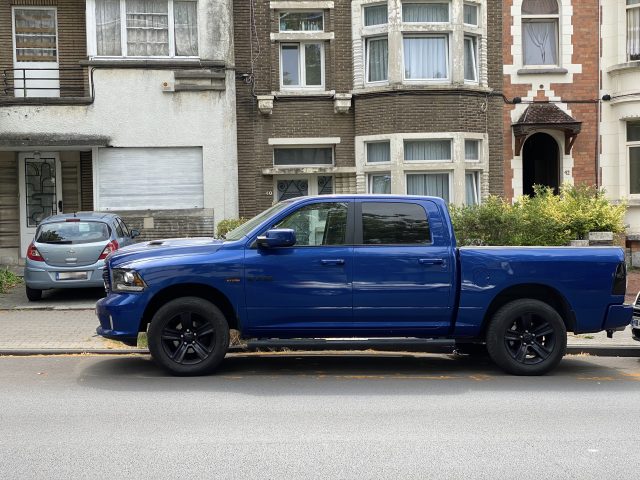US Tesla Full Self-Driving probe should be a wake-up call for Europe
The European Transport Safety Council (ETSC) is repeating calls for the European Commission and Member States to establish an independent EU agency with powers to investigate the safety performance of partially automated driving systems, following news that the US National Highway Traffic Safety Administration (NHTSA) has opened a formal investigation into Tesla’s ‘Full Self-Driving’ software.
The US investigation reportedly covers almost 2.9 million Tesla vehicles amid reports that the system can perform illegal or unsafe manoeuvres such as running red lights or changing lanes against the flow of traffic. According to Reuters, NHTSA has said four crashes being investigated resulted in one or more injuries.
While Tesla’s FSD system is not currently approved for use in the EU, ETSC says the case highlights the urgent need for an equivalent European capacity to independently assess and investigate risks linked to so-called Level 2 driver assistance systems – those that can control steering and speed simultaneously but still require the driver to remain in charge.
Professor Oliver Carsten, an expert working with ETSC on automation issues at the United Nations Economic Commission for Europe (UNECE) and Professor of Transport Safety at the University of Leeds (UK), said:
“The US investigation into Tesla should serve as a wake-up call for Europe. We are seeing an increasing number of systems on the market that blur the line between assistance and automation. These technologies can easily mislead drivers into believing the car is driving itself – with potentially disastrous consequences.”
ETSC is also calling for an immediate pause in ongoing regulatory discussions at UNECE that could permit vehicles equipped with Level 2 assisted driving systems to perform so-called “system-initiated manoeuvres” in urban areas, such as moving off from traffic lights.
UNECE rules on assisted and automated driving systems, once agreed, are applied in the European Union, the UK, and other global markets, though not in the United States.
“Before extending the operational capabilities of these systems, regulators need solid, independent evidence that they can be used safely and that drivers fully understand their limits,” Professor Carsten said. “Otherwise, we risk repeating the same mistakes that the US authorities are now trying to correct.”
ETSC says that while advanced driver assistance can support safer driving when used correctly, there is currently no EU oversight body equipped to monitor real-world performance, investigate crashes involving these systems, or require corrective action from manufacturers when problems arise.
